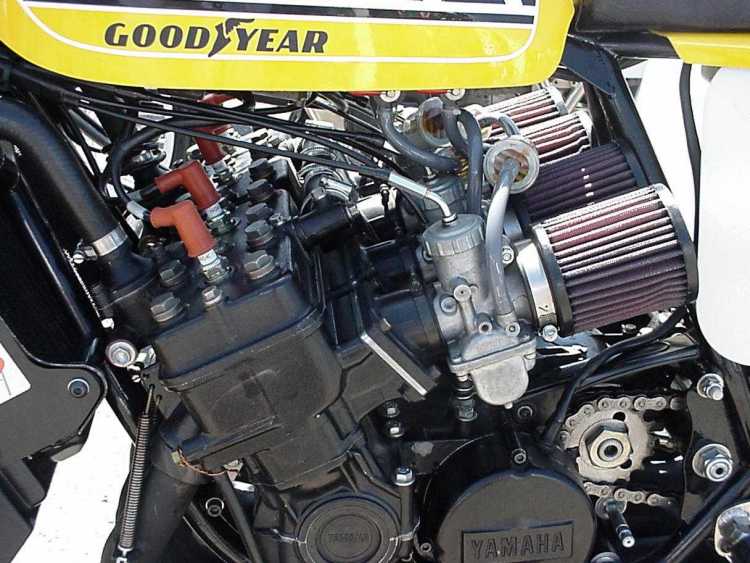I have an old poulan 2300cva that I tore into last night out of boredom. I never put a lot of thought into the design of this saw but turns out its a reed valve saw. I was thinking about opening up the exhaust port and smoothing out the transfers as my first porting expirement. It's open transfers I guess don't really lend themselves to smoothing out. I'll work on the exhaust but I was wondering with a reed valve saw like this, what kind of gains, if any can be seen with porting. Worth the time?
Like I said, this is an experiment, I'm not really concerned about trashing the saw, I just need some practice. Thanks for your help.
Like I said, this is an experiment, I'm not really concerned about trashing the saw, I just need some practice. Thanks for your help.


























































